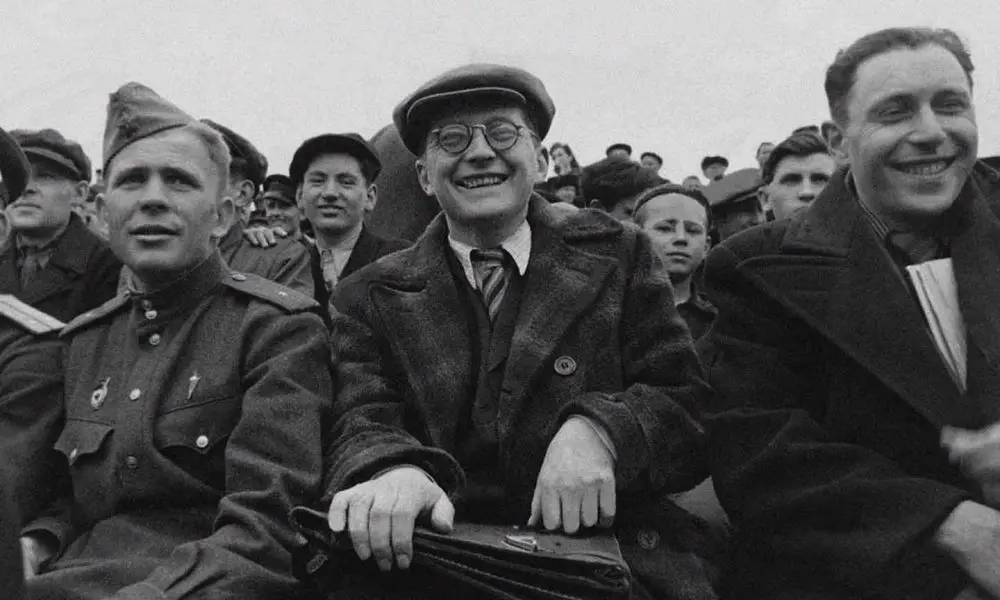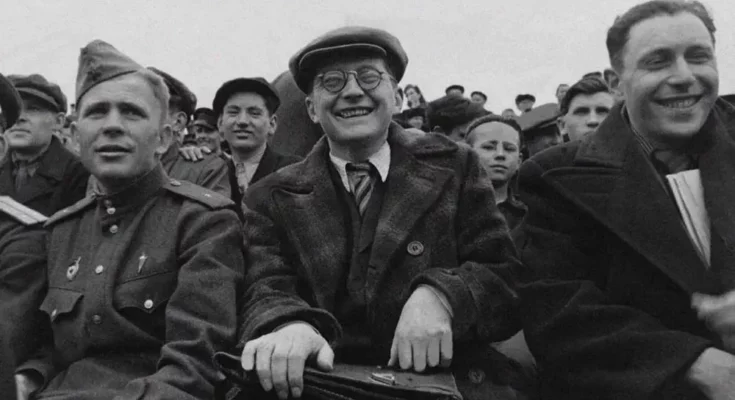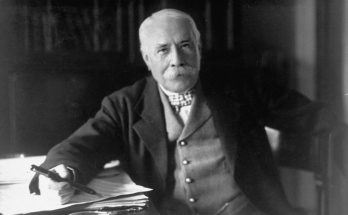How a Quiet Soviet Composer Became One of the 20th Century’s Loudest Voices
Few composers lived a life as dramatic as the music they wrote—but Dmitri Shostakovich stands out as one whose biography and artistic legacy are inseparable from the political storms swirling around him. Born in 1906 in St. Petersburg, Shostakovich’s life was shaped by revolution, war, censorship, fear, and an inexhaustible creative drive that turned adversity into innovation.
A Prodigy in a Changing World
Shostakovich grew up during a period of extraordinary upheaval in Russia. Even as a teenager, he was recognized as a prodigious pianist and composer. At just 19, he exploded onto the international scene with his First Symphony, a work so confident and boldly modern that audiences struggled to believe it came from someone not yet 20.
But the Russia he entered as a young artist was no longer the Russia of his childhood. Stalin’s rise changed everything—especially for artists.

Genius Under Surveillance

Shostakovich’s complicated relationship with the Soviet state is one of the most fascinating aspects of his life. His early opera Lady Macbeth of Mtsensk brought him acclaim until it earned the disapproval of Stalin himself. In 1936, a scathing article in Pravda declared the opera to be “muddle instead of music.” For Shostakovich, this was more than criticism—it was a threat.
From then on, he lived in a state of near-constant fear. He famously slept in the hallway of his apartment so that if the secret police came for him in the night, they would not disturb his family.
Yet even under immense pressure, he continued to write. Sometimes his music appeared to comply with the state’s demands for optimism and simplicity. Other times—more often than not—listeners found layers of hidden meaning: irony, mourning, satire, defiance.
The Leningrad Symphony: Art as Resistance
During World War II, as Nazi forces besieged his hometown, Shostakovich composed what would become one of the most iconic works of the era: his Seventh Symphony, known as the Leningrad.
He even posed on rooftops wearing a firefighter’s helmet to encourage the city’s morale. The symphony, completed amid hunger and bombardment, served as both an act of cultural resistance and a powerful symbol of Soviet endurance. When it was performed in besieged Leningrad in 1942—with musicians so starved some could barely hold their instruments—it became a legend.
A Lifetime of Codes, Contradictions, and Courage
After the war, Shostakovich endured fresh waves of political pressure and censorship. Yet he produced an astonishing body of work: fifteen symphonies, fifteen string quartets, multiple operas, ballets, piano works, and countless film scores.
His music reveals a man who balanced public compliance with private rebellion. It can shift from biting sarcasm to aching vulnerability in moments. It can laugh, sigh, cry, and seethe—sometimes all within a single movement.
Shostakovich died in 1975, but debates about his true political beliefs continue even today. Was he a loyal Soviet citizen? A secret dissident? A man simply doing what he needed to survive?
Perhaps he was all of these at once.
Why His Music Still Matters
Shostakovich’s life reminds us that art doesn’t exist in a vacuum. It reacts to the world—sometimes subtly, sometimes explosively. His works speak of resilience in the face of fear, of humor in the midst of despair, and of the extraordinary capacity of music to communicate what words cannot safely say.
Today, his symphonies and quartets stand among the 20th century’s greatest artistic achievements. They continue to challenge, unsettle, and inspire listeners around the world.
In the end, Shostakovich may have lived under the shadow of oppressive power, but his music remains loud, fearless, and unmistakably human.




